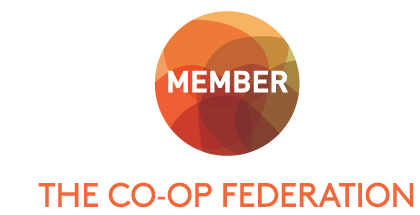
AHMC and EOV Monitoring
In Australia the Australian Holistic Management Co-op is responsible for managing Ecological Outcome Verification monitoring, both for AHMC members and external businesses. EOV is a scalable and affordable methodology farmers can use to measure regenerative outcomes on their land. The Scientific Protocol of EOV, from the Savory Institute, explains the process in detail. Currently over 3.5 million acres around the world are being monitored with EOV.
The Land as a Living System
EOV measures the health of the land as a living system. It assesses key indicators of the effectiveness and health of ecosystem processes, such as soil health, biodiversity and ecosystem function (water cycle, mineral cycle, energy flow and community dynamics).- Soil Health: healthy soils absorb more carbon, retain more water, and are richer in fertility.
- Biodiversity: plants are more varied and resilient, domestic animals and wildlife are more plentiful.
- Ecosystem Function: water, minerals, nutrients and energy are cycled through a continual process of birth, growth, death, decay and rebirth.
The scientific procedure behind EOV
EOV starts with a Baseline Year to install both short and long-term monitoring sites. Annual monitoring of the short term sites follows in Years 1 to 4, measuring above-ground indicators like bare ground and biodiversity. In Year 5, monitors measure plant diversity metrics, water infiltration, and soil data. Soil samples are sent to the lab for measurements such as soil carbon and water-holding capacity. EOV was designed for farmers, is adaptable across eco-regions, and provides actionable insights to improve land management and health.How much does EOV cost?
EOV pricing depends very much on the unique qualities of each landbase. We spread our monitoring sites around your property to try and get an overall snapshot of the land. We place Long Term Monitoring sites (LTMs) to reflect the number of strata on your property, representing things such as land use, soil type, or aspect that have overarching influence on large areas.
The Short Term Monitoring site (STMs) are smaller subsets that capture the variations within the LTMs. At the very minimum we will place 10 STMs, but for larger properties more. The table below will help you get a reckoning on how to budget for your EOV monitoring event. Remember LTMs are only done at year 0 and year 5.
EOV Prices, Jul 2025-Jun 2026

How do I register for EOV monitoring?
Click the button on this page, which will take you to the registration form. We will contact you about organising EOV monitoring on your property. Anyone can apply for EOV, but the fees are 10-15% cheaper for Co-op members and also include support, mentors, regional webinars, workshops and field days.What’s next after I register for EOV monitoring?
- You will be contacted to provide further property information so we can set up your landbase in our system and let you know the ideal monitoring time. The monitoring season starts in southern Australia in September and finishes in northern Australia at the end of April.
- One of our accredited monitors will be in touch to arrange your monitoring event, as you will need to be available at the time. The monitor will set up the long-term and short-term monitoring sites, measure the indicators and collect soil samples for lab testing.
- After the Monitoring event you will receive a link to your online data and a booking link to discuss your data with a Verifier. Your data will be sent to be verified by the EOV QA team at the Savory Institute. You will receive a Status statement indicating if your land is 'Regenerating' or not.
- To obtain 'Regenerating' status your land needs to maintain or improve its Ecological Health Index. (Regional seasonal conditions and exceptional circumstances are also considered.) With 'Regenerating' status you can then apply for Land to Market branding.

